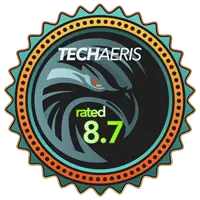
So you have an older TV that still displays a decent picture but wish it had smart TV capabilities? The good news is that you don’t have to go out and buy a new TV. Our JBL LINK BAR review takes a look at a soundbar that not only upgrades your TV’s audio but also adds smart features via Android TV and Google Assistant. Read on for our full review!
Specifications
The JBL LINK BAR has the following features and specifications:
- One-piece soundbar with JBL legendary sound: Brings the best of JBL’s legendary sound to your smart TV with rich bass performance.
- Android TV built-in: Android TV delivers a smarter viewing experience, find and watch programs more easily than ever.
- Google Assistant built-in: Search with your voice. Just say “Hey Google” to quickly find the latest blockbuster, check the score of the big game or dim the lights in a ‘hands-free’ experience.
- PrivacySwitch™ for far-field microphone: Enables to mute your soundbar microphones for extra privacy and security protection when not using the Google Assistant.
- Multiple 4K video HDMI inputs: With 3 HDMI inputs and 1 HDMI ARC output, the Link Bar becomes a 4K entertainment hub for video or gaming devices, with just one cable connection to your TV.
- Chromecast built-in: Let you instantly stream your favorite music, radio, or podcasts from your mobile device to your speakers.
- Wireless Bluetooth streaming: Wirelessly stream high-quality sound and video from your smartphone or tablet.
- Transducer: 2 x 20mm (0.8″) tweeter, 4 x (44 x 80)mm (1.7″ x 3.2″) racetrack driver
- Total Maximum Power: 100W
- Frequency response: 75Hz–20kHz
- Signal-to-noise ratio: >85dBA
- Power Supply: 100–240V~50/60Hz
- Bluetooth version: 4.2
- Bluetooth transmitter frequency range: 2402–2480MHz
- Wireless network: 802.11 a/b/g/n/ac (2.4GHz/5GHz)
- HDMI Video Input: 3 (support 4K UHD, HDMI 2.0)
- HDMI Video Output (With Audio Return Channel): 1 (Support 4K UHD, HDMI 2.0)
- HDCP Version: 2.2 and 1.4
- Ethernet: 10/100Mbps
- Dimensions (W x H x D): 1020 x 60 x 93mm (39.3 x 2.3 x 3.6″)
- Gross Weight: 4.4kg
- Net Weight: 2.5kg
The included remote control specifications include:
- Bluetooth version: 5.0
- Bluetooth transmitter frequency range: 2402-2480MHz
- Bluetooth transmitter power: < 4dBm
- Battery: 2x AAA
What’s in the box
- JBL LINK BAR
- Power cable
- HDMI cable
- Remote control
- 2x AAA batteries
- Wall-mount brackets
- Quick start guide
- Warranty card
Design
As far as soundbars go, the JBL LINK BAR is pretty standard looking. The top and bottom plates of the soundbar are sturdy, gray plastic with rounded corners. The bulk of the front and sides of the soundbar is covered with a gray fabric for a nice finish. Centered on the front of the soundbar are four LEDs that are white or orange depending if you have the Google Assistant microphone muted. These LEDs are typical unlit but do light when you toggle the PrivacySwitch or adjust the volume.
On either end are your typical subwoofer cones hole cutouts. The back is solid black plastic, again solid and sturdy, with two screw holes in case you wish to wall-mount it with the included brackets.
Centered in the middle of the back, near the bottom of the unit, is a recessed cutout which is where you’ll find your ports. When looking at it from the back you’ll find, from left to right, power, optical input, AUX input, Ethernet, three HDMI inputs, HDMI OUT (TV ARC), service, subwoofer pairing, and the subwoofer pairing LED.
The top panel consists of four buttons and a switch. From left to right, these are your source button, Bluetooth button, volume buttons, and the PrivacySwitch. Below this are two far-field microphones for use with voice commands. On the far right of the soundbar is the colorful Google Assistant logo.
The remote is your typical Android-based remote, similar to ones I’ve seen included with Android boxes and the like. Roughly 1 5/8″ x 6 1/2″ x 1/2″ thick, the back cover snaps off for battery access. On the front of the remote, you’ll find the power button in the upper left and an LED light beside the microphone on the upper right. Below this are three buttons: Netflix, HDMI, and Optical/AUX. The HDMI button toggles between your sources, while the Optical/AUX button toggles between those sources.
Underneath this is a circular navigation key surrounding the OK button. Beneath this are another three buttons: Back, Google Assistant (press to invoke Google Assistant if not using voice), and Home. Finally, your mute, volume up/down and Bluetooth buttons are below this. The bottom third of the remote is void of buttons and the JBL logo is located on the bottom.
Setup
The physical setup of the JBL LINK BAR is pretty simple. You can either place it on a table or ledge or wall-mount it with the included brackets. Next, using the supplied HDMI cable, connect the HDMI OUT (TV ARC) to the HDMI IN (ARC) port on your TV. You may have to go into your TV settings to enable the HDMI ARC (or HDMI-CEC) function which will allow you to control your TV through the soundbar. If your TV doesn’t support HDMI ARC, you’ll also have to hook up the optical audio in order to use the soundbar with your TV for audio.
Once you’ve done that, hook up your DVD player, Blu-ray player, or console to the other HDMI ports. You’ll also want to connect it to an Ethernet cable for the most stable internet connection. That being said, you can use it in Wi-Fi mode as well.
Once you’ve connected everything, plug in the power cord to the LINK BAR and plug it into the wall. At this point, the soundbar and TV should be turned on and you’ll be prompted to pair the remote to the soundbar. While these instructions aren’t included in the Quick Start Guide, they are included in the downloadable PDF manual on the website. As a result, it did cause a bit of confusion initially during our set up. To pair the remote, press and hold the HOME and BACK buttons for three seconds. Once paired, you’ll see a confirmation prompt on your TV.
Once the remote is paired, you simply need to follow the on-screen prompts to set up Android TV on the LINK BAR. During the process, you’ll need to connect to androidtv.com to pair. Initially, this wouldn’t pair for us but we soon figured out you need to be on the same network and frequency during this step. On our first attempt, we were on the local 5GHz network on our phone and the 2.4GHz network on the soundbar. When this didn’t work, I switched to 2.4GHz on the phone and it worked no problem.
Aside from those two minor issues, setup is pretty simple and straightforward.
Ease of Use
Once set up, the JBL LINK BAR is pretty easy to use. The buttons on the remote responded as they should and navigating through the interface was straightforward and simple. Switching inputs was simple by using the remote or using Google Assistant by either saying “OK Google, switch to HDMI 1” or pressing the button on the remote and asking it to switch to the desired input.
Of course, pressing home quickly brought up the home interface regardless of what screen you are on. Streaming music via Bluetooth was easy but streaming via the built-in Chromecast was even easier and became a household favorite whenever someone wanted to listen to music while chilling in the living room.
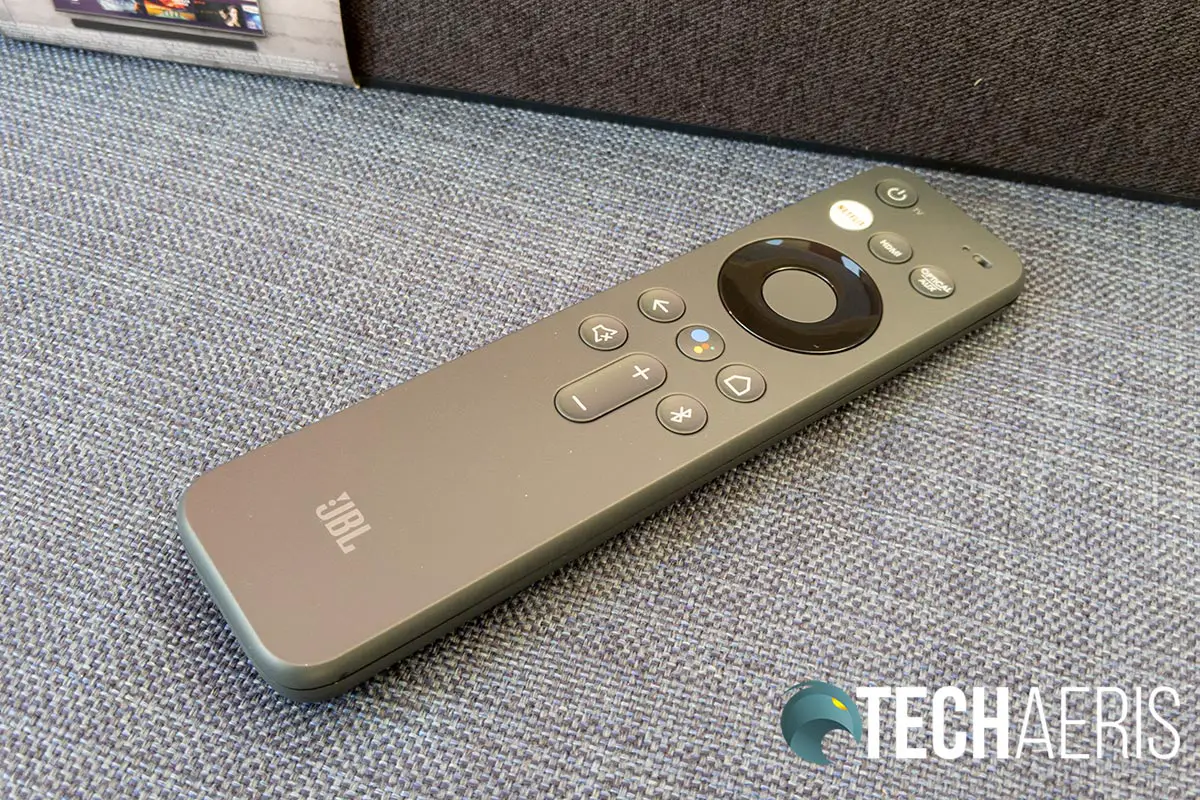
Launching Netflix is simple as well, considering the remote has a dedicated Netflix button. Searching for YouTube or Netflix shows is easy as well with the included search feature.
Of course, navigating, using the JBL LINK BAR, or searching for answers with Google Assistant voice commands makes things even quicker. Some of the sample commands you can use with the LINK BAR include
- Alarms and Timers: Set timer for 5 minutes, stop timer
- Answers: How many liters in a gallon?
- Calendar: When is my next meeting?
- Device Actions and Settings
- Turn on Bluetooth
- Switch HDMI 1
- Increase the volume by 5%
- Multi-dialog queries
- Q1: population of France?
- Q2: what about England?
- Local & Navigation: Where is the nearest bakery?
- Netflix: Play Stranger Things on Netflix
- Personal: Answers Show my flight status
- Personality: Tell me a fun fact
- Reminders: Remind me to buy milk at 7 pm
- Shopping: Add movie tickets to the shopping list
- Smart Home: Dim the lamp, turn on lights
Software
The JBL LINK BAR runs on Android TV. To be honest, it’s been a long time since I’ve looked at the Android TV interface I don’t mind the current iteration of it.
The top row of the main interface is where you’ll find the Google Assistant search icon, which you can activate by voice or using the button on the remote, in the upper left. The upper right lets you switch inputs, adjust settings, and displays the current time. Settings include setting you your network & internet, managing Google Accounts and sign-in, sound, app permissions and access, device preferences (like date & time, keyboard, storage, home screen, Google Assistant, Chromecast, and screensaver), and connected devices.
The home screen interface then displays your installed apps across the top row, followed by your Play Next suggestions, and then Netflix suggestions on the bottom row. If you keep scrolling down, you’ll get more rows for YouTube Recommendations, Google Play Movies, YouTube Kids, Tubi, YouTube Subscriptions, Play Music HBO Now, Apps Spotlight, Spotify, and more depending on what you have installed. You can customize the visible channels that are on your home screen as well by clicking on the Customize Channels button at the bottom of the list. While you can customize what appears, you can’t change the order they appear in. You can also select what sources appear in your Play Next bar to remove further media clutter if you choose.
Android TV on the JBL LINK BAR was responsive during our testing and, in fact, apps like Netflix loaded faster than it did through our cable provider. Not to mention that by using Netflix on the LINK BAR allowed us to access 4K content while our provider is still pushing out 1080p content.
Ecosystem
Being an Android TV device, the JBL LINK BAR has access to the Google Play Store. As such, there are quite a few apps and games that you can install on the soundbar. Of course, you don’t have access to all the apps you may enjoy on your Android smartphone, but there is enough of a selection including kitchen, weather, fitness, news, and media-related apps to keep you busy. On the games side, there are plenty of those as well and Crossy Roads ended up being played entirely too much on the TV for my liking. At any rate, the apps and games we installed responded well enough by using the remote as a controller and the kids definitely enjoyed that aspect of the LINK BAR.
Performance
And here we get to the “not perfect” portion of the review. I’ll start off by saying that for the most part, the JBL LINK BAR performed admirably. Once the soundbar and TV were both on, everything worked as expected and there were few, if any glitches, that I recall while switching inputs or using Netflix or other apps or games on the LINK BAR.
The “not perfect” lies with the HDMI-CEC feature and, to be honest, this could be due to the TV we have. It’s not an overly high-end TV and is a Sharp 4K set. It does support HDMI-CEC and setting it up to use the soundbar as its external audio output worked great. However, when turning the soundbar off with the power button on the remote, the TV would stay on about 10% of the time. Sometimes pressing power again would turn the soundbar back on and pressing it again would turn both off but on occasion, we’d have to turn the TV off with the TV remote.
The second issue arises sometimes when you turn the TV on. When using the power button on the remote, the TV would sometimes turn on and sometimes not. Pressing it again would sometimes turn the TV on, on occasion we had to press it three or four times before the TV turned on. What we discovered, oddly enough, is that using Google Assistant to “Turn on the TV” was much more consistent in having both turn on at the same time.
Once on, we often have to press the Home button on the remote, then the HDMI button to access the cable box. In addition, sometimes after initially switching to an HDMI source, the soundbar would revert back to the home screen and you’d have to reselect your HDMI source. After doing so a second time, it does stay on the HDMI input.
To be fair, even though HDMI-CEC is a standard, I’ve had hit and miss success with other soundbars in this department. Some don’t work at all, some will turn on the TV when the soundbar but won’t turn it off, while others do the reverse. At any rate, for the most part, the HDMI-CEC feature worked well enough and we just got used to the occasional turning on or off issue
When adding a soundbar or other component to your home theatre setup, you do want to limit remotes. With the JBL LINK BAR, while we could control the volume with the cable box remote, you can’t access the smart functions of the soundbar. Likewise, you can’t change the TV channel you want to watch with the soundbar remote. That being said, it’s kind of funny that I mention this as in our basement we have no fewer than 3 remotes depending on what I’m currently testing. At a minimum, I have a receiver remote, cable box remote, and projector remote. However, upstairs, we’ve become accustomed to using the cable box remote for everything.
Sound Quality
We’ve reviewed plenty of JBL devices in the past here at Techaeris and are usually generally pleased with the sound quality. The JBL LINK BAR features two 20mm (0.8″) tweeter and four 44 x 80mm (1.7″ x 3.2″) racetrack drivers. However, it only outputs 2.0 audio. That’s not to say the audio quality isn’t bad, because it’s not, but if you’re looking for surround sound output, you’re not going to get it with this soundbar.
However, the LINK BAR does sound way better than our onboard TV speakers, which only output stereo output anyways. Sound is pretty rich and does offer up a bit more bass than our TV speakers. If you wish, you can also get an optional wireless subwoofer to add that extra bass you may be missing. For our purposes, the sound coming from the LINK BAR is just fine for the living room as our main home theatre setup is in the basement. You can also choose between Standard, Movie, Music, and Voice EQ modes in the soundbar settings. While it does get quite loud, it would also make for a great soundbar in an apartment or townhouse where you might have neighbours and want better sound but not want to draw those noise complaints.
One thing we did find a bit odd about the soundbar volume though, and again, this could be attributed to the HDMI-CEC implementation on our TV is that the lower volume levels are very low. Before the soundbar, the TV would be set to a volume of 9 or 10 when my wife was up early working. Likewise, during regular “waking” hours and listening, the TV rarely went above 20-25 for volume. With the JBL LINK BAR though, my wife has the volume up at 20 and regular listening ends up being between the mid-40s/low 50s for volume. After 50, the volume does increase at a faster scale and full volume at 100W output definitely seems like it’s more than double half-volume. In short, the lower end of the volume scale seems to scale at a lower rate and is quieter than the volume at the higher end of the volume scale.
Regardless, the JBL LINK BAR does sound pretty decent for both TV watching, as well as music streaming.
Microphone
The JBL LINK BAR features two far-field microphones. Our living room is fairly large and we have an open floor concept into the kitchen and dining room. When speaking at a normal volume in the living room, the Google Assistant feature on the LINK BAR had no problem responding to commands or questions. When in the kitchen, we did have to speak up a bit, but not yell, and to be honest our voice levels when speaking to the soundbar from the kitchen weren’t much different than if you were trying to converse with someone in the living room from the kitchen.
In addition, the LINK BAR includes the aforementioned PrivacySwtich for disabling it from listening for the OK Google hot word for Google Assistant.
Price/Value
The JBL LINK BAR retails for US$399.95 which does seem a bit steep for a 2-channel soundbar. It does, however, offer up better sound than your TV likely does, not to mention Android TV, Chromecast, and Google Assistant built into it. By comparison, JBL’s non-smart 2-channel soundbar retails for around half the price. As well, if you do want more base, the wireless subwoofer is going to add on another $350 to your cost. To be honest, I could see the $300 price range being a bit more reasonable for this setup. Of course, being the first soundbar announced with Google Assistant, Android TV, and Chromecast built-in, there’s not much in the way of competition or pricing comparisons out there. While there’s also not much in the way of Android TV devices out there, a Chromecast 4K Ultra will set you back around $70 so there is that to consider as well.
Price aside, if you’re not looking to replace your TV with a much more expensive smart TV, the JBL LINK BAR is an option. Depending on the time of year, however, you might only be saving a few hundred dollars between this soundbar and a smart TV, but then you’d also be looking at an added cost for a soundbar or surround system for your new TV as well if you’re looking for better audio.
Wrap-up
Quirks aside, if your TV is still fine and you’re looking to upgrade your sound and its smarts, the JBL LINK BAR will definitely do both. You’ll definitely want to ensure your TV is HDMI ARC/HDMI-CEC compatible to take full advantage of the soundbar and its features.
*We were sent a sample of the JBL LINK BAR for the purposes of this review. In some of our articles and especially in our reviews, you will find Amazon or other affiliate links. Running a website does take money, along with time. Any purchases you make through these links often result in a small amount being earned for the site and/or our writers.
Last Updated on February 3, 2021.

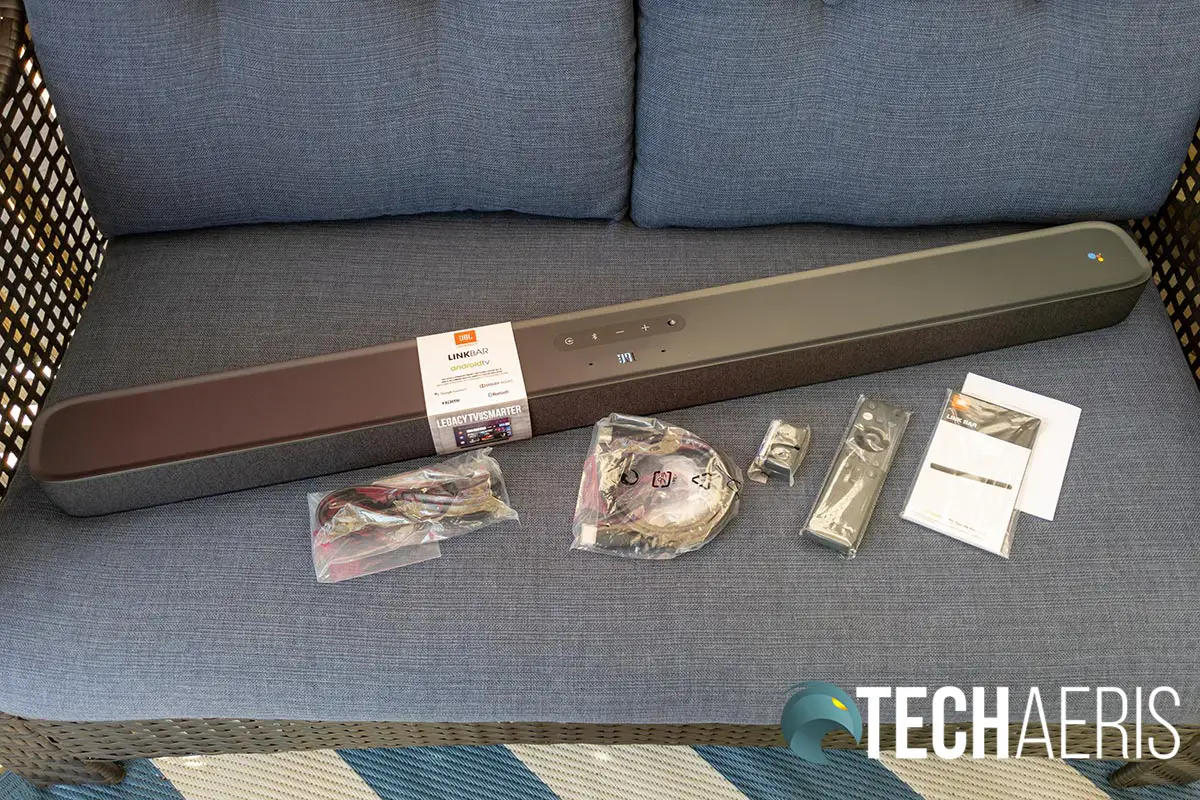
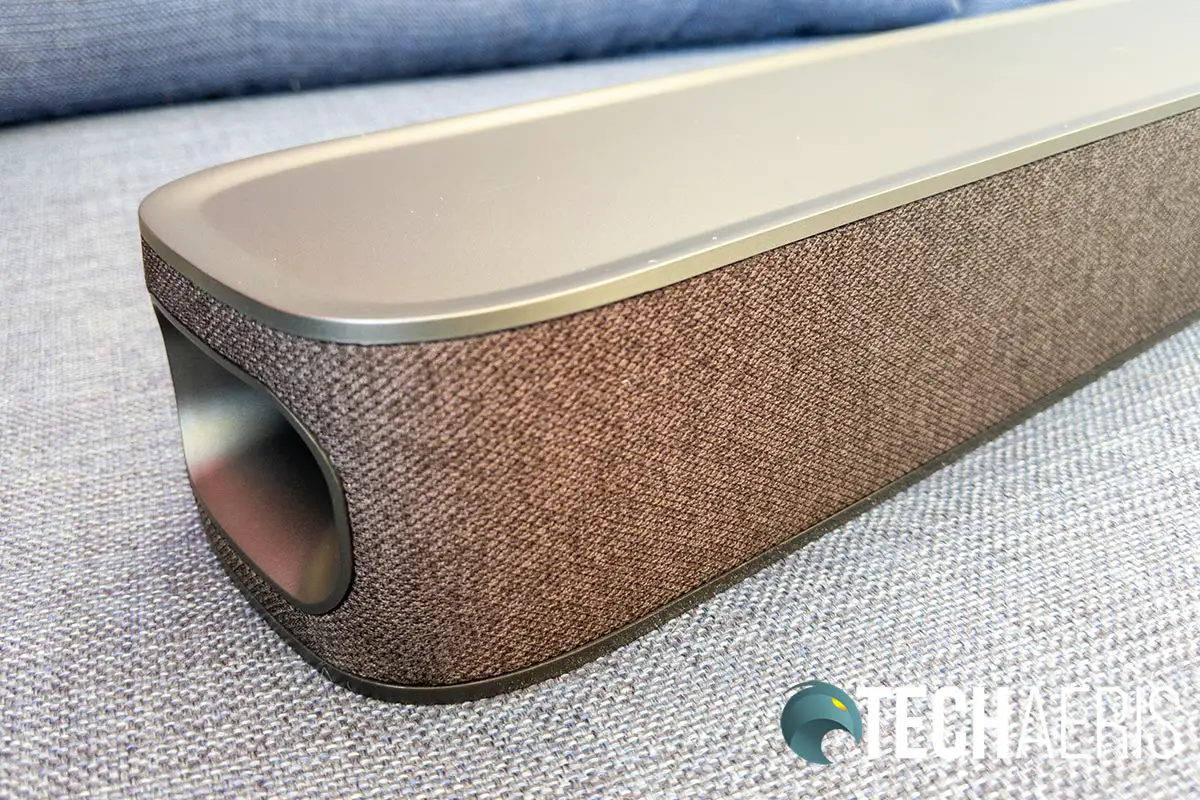
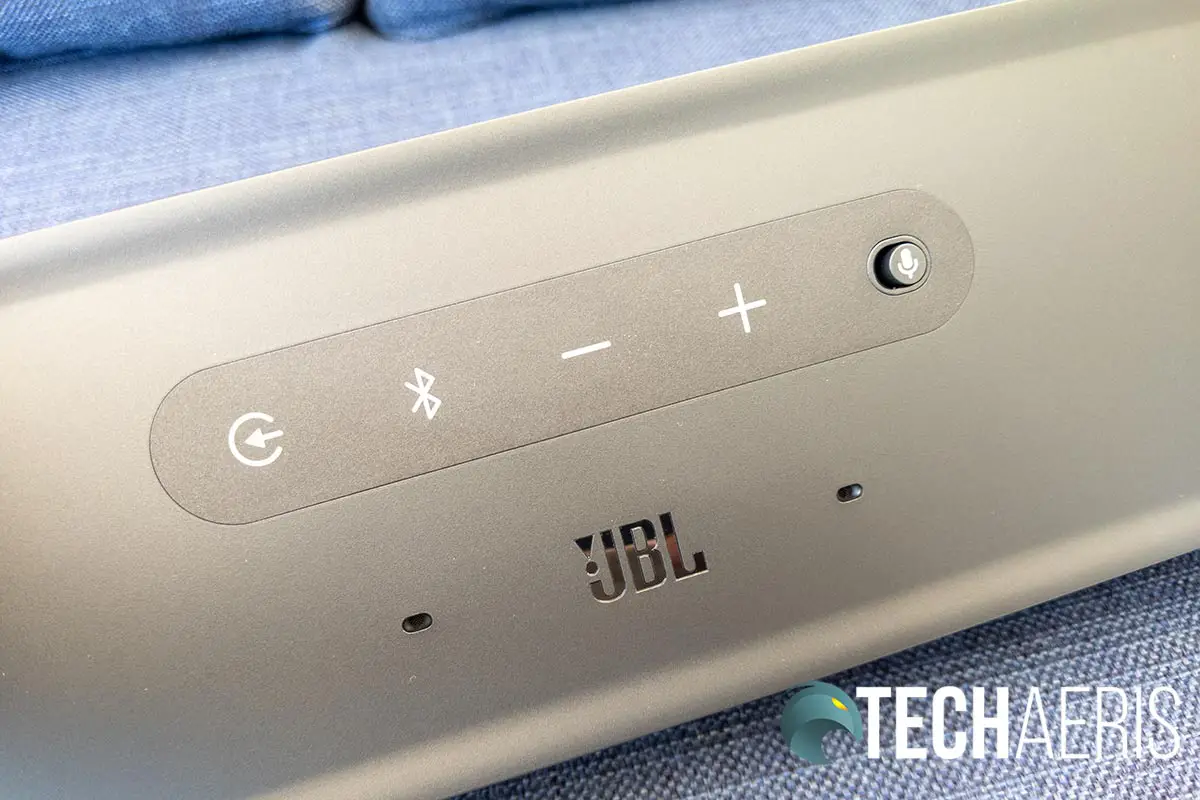
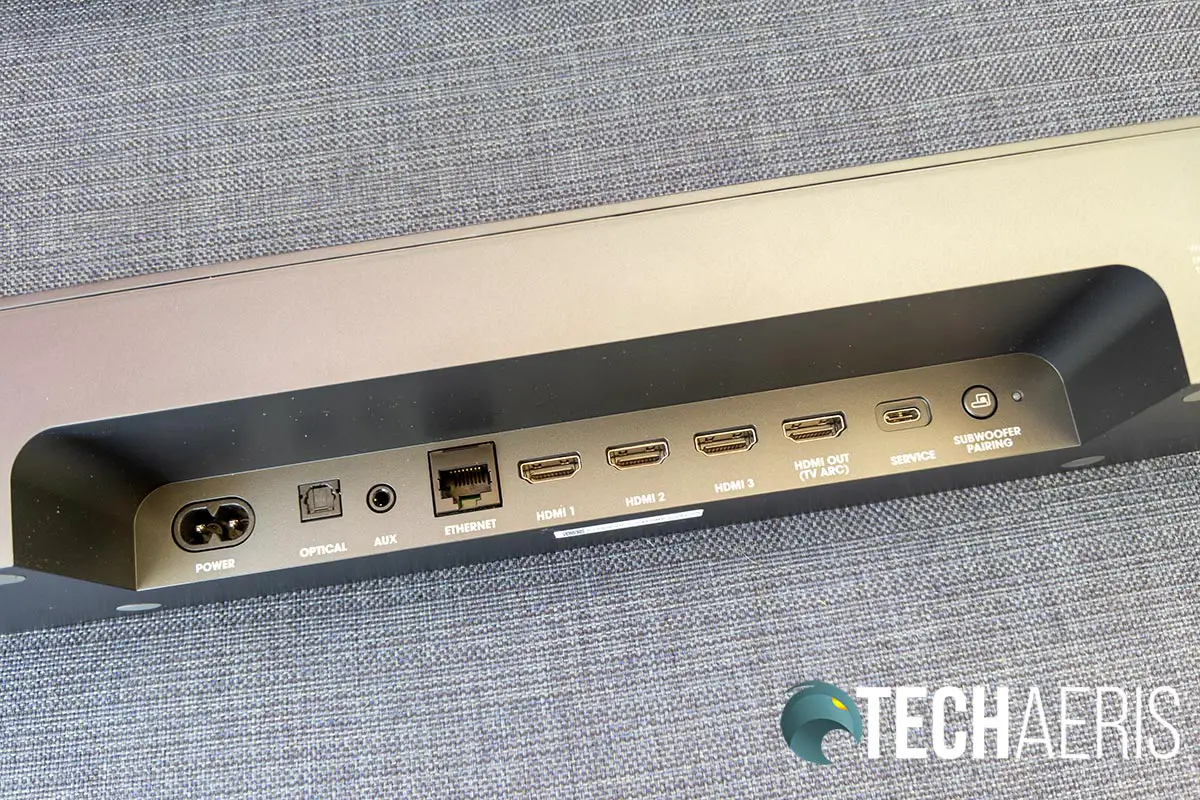
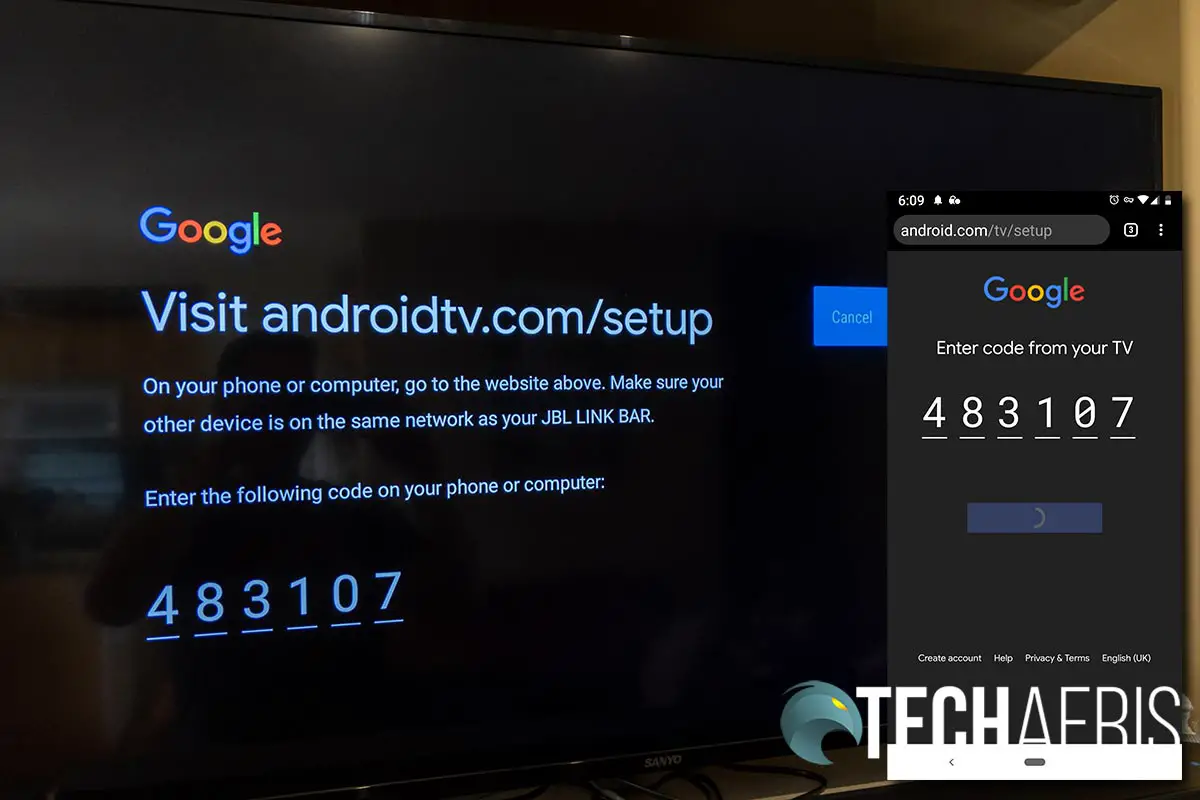
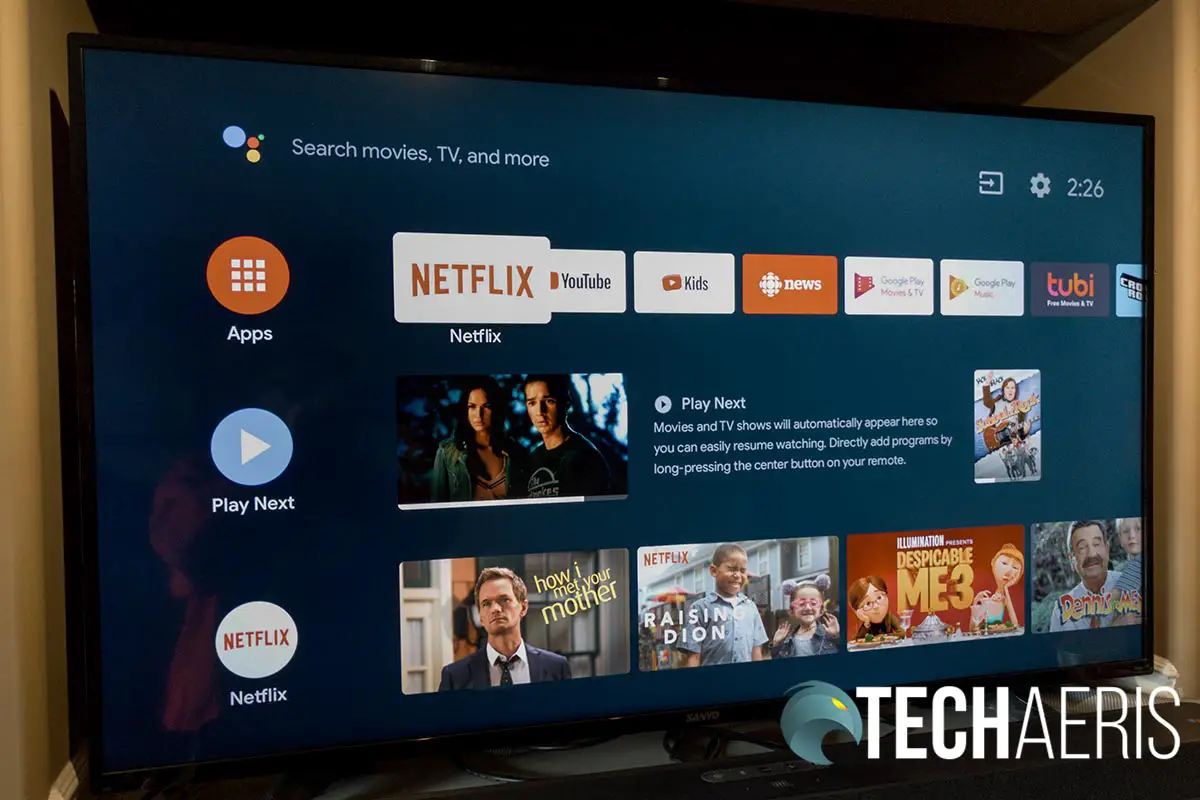
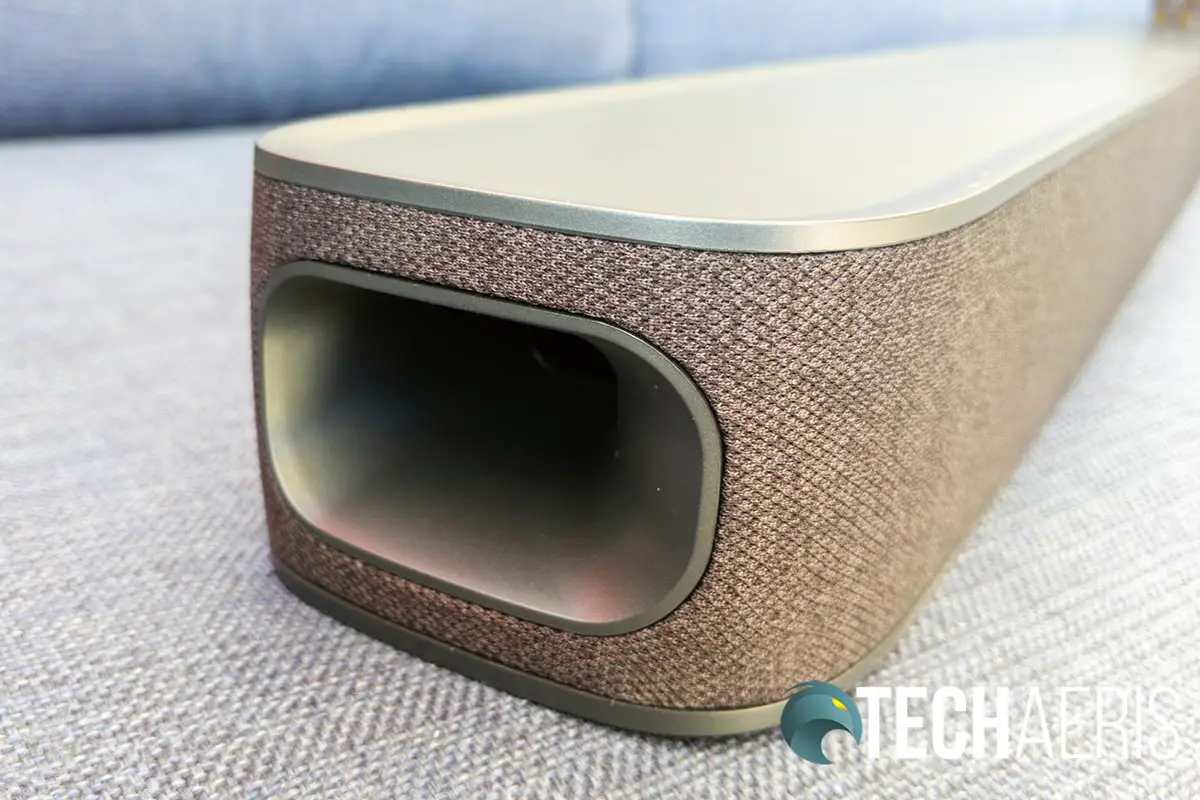
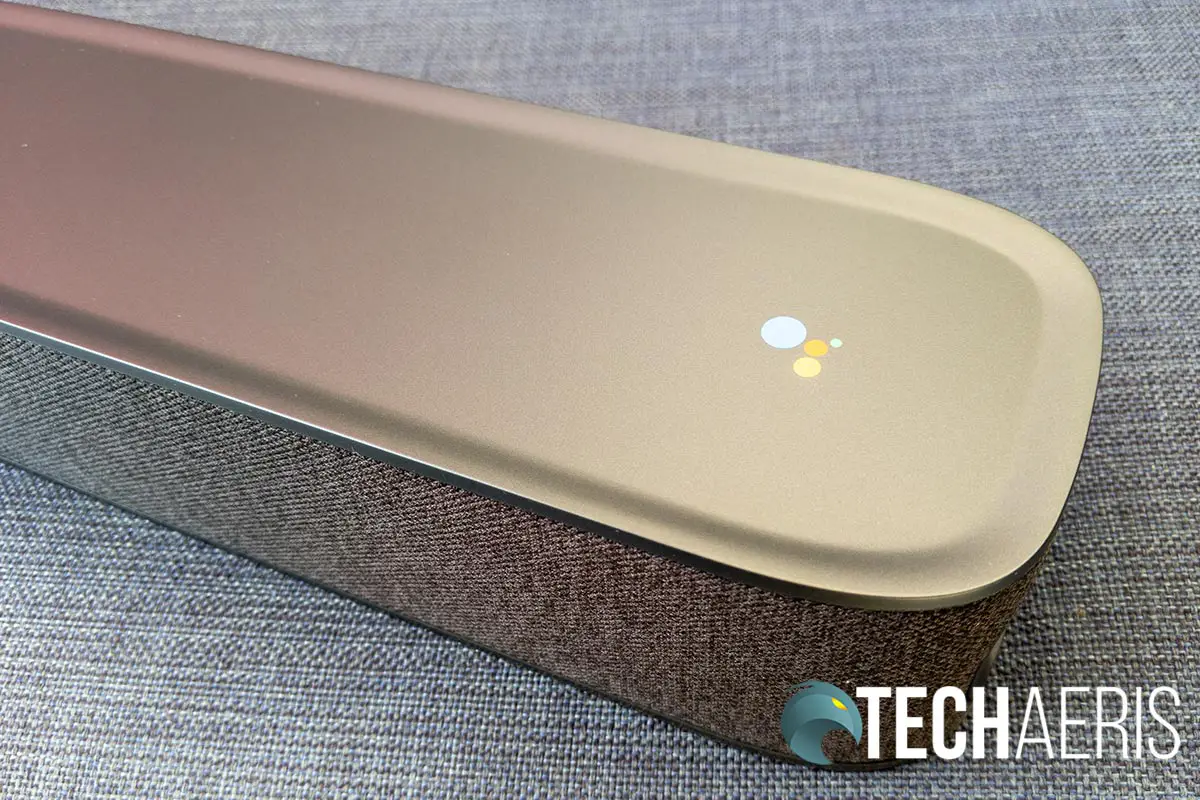
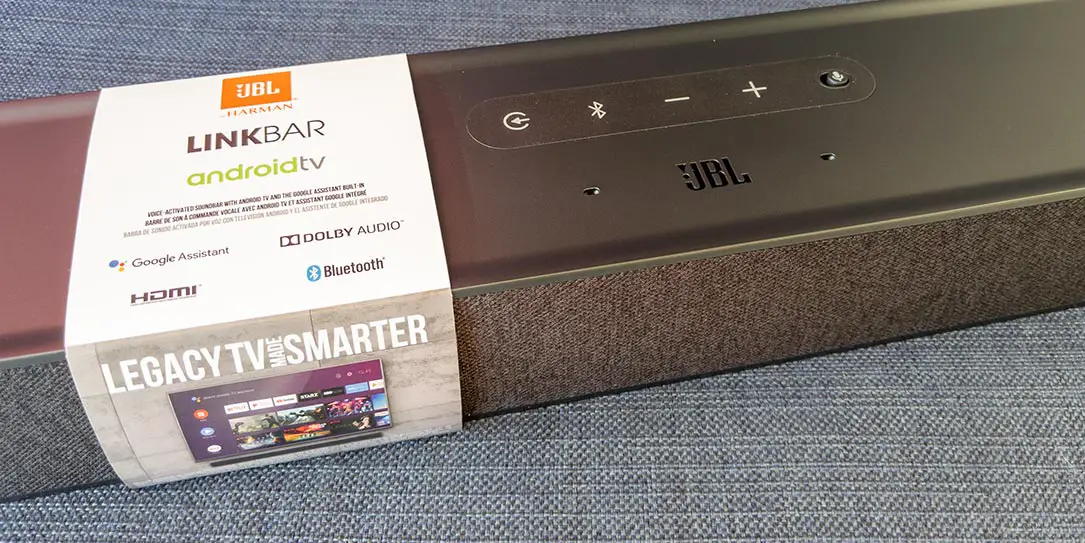









Comments are closed.